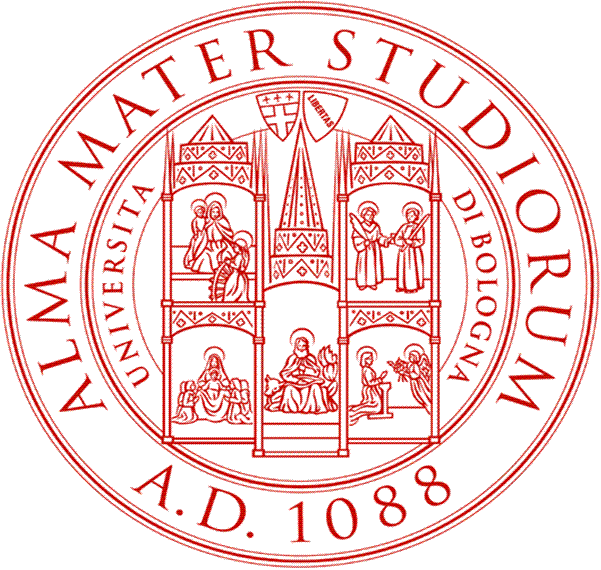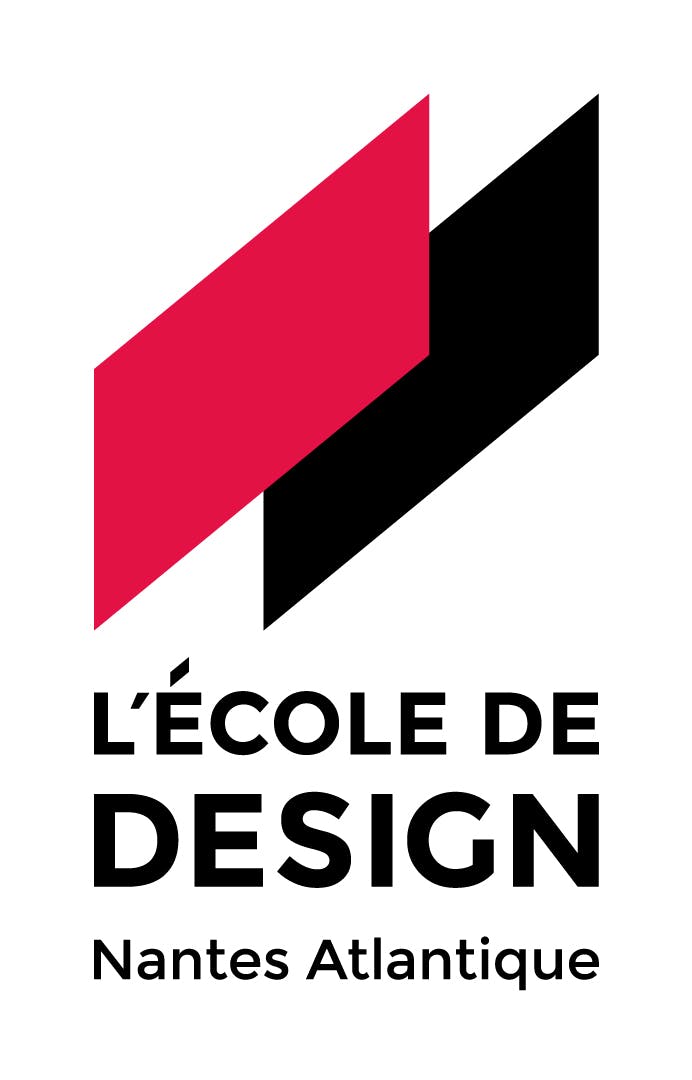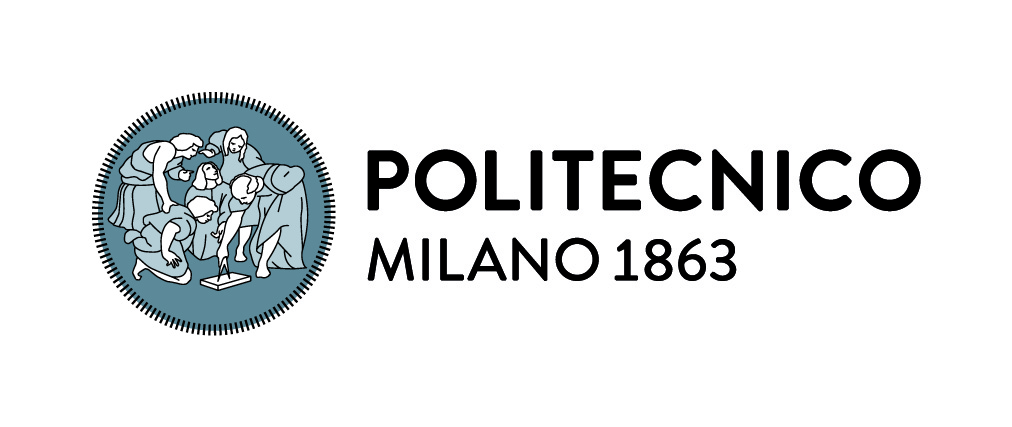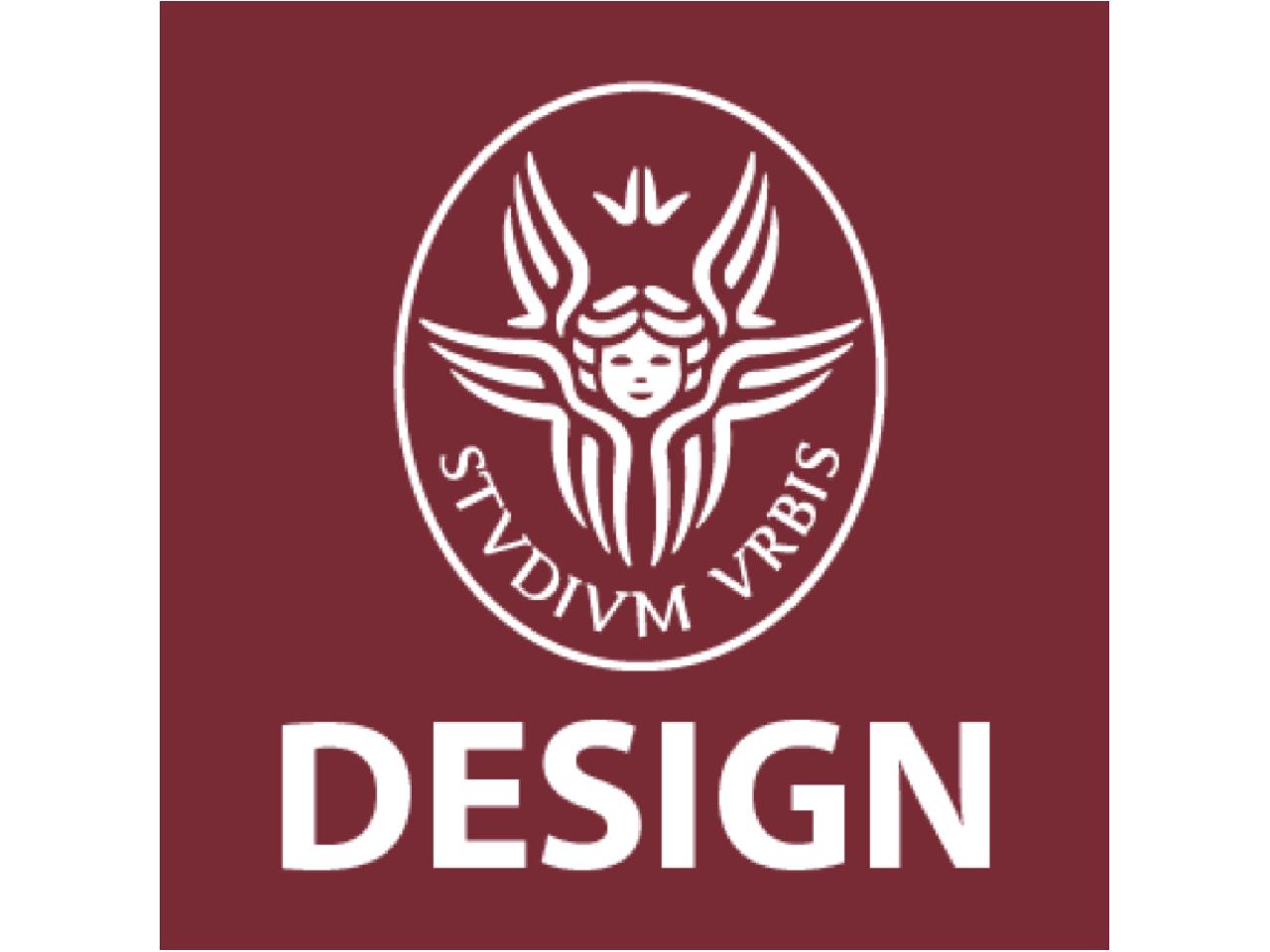Mission Statement
ISIA Roma Design born in 1973 as historical experimental design school of the italian state, since many years has set up a careful rework of the conceptual paradigms of the design, arriving to the definition, in the second graduate level, of "Design of the Systems". This definition wants to deepen the sense of a constellation of meanings around the new geography of knowledge, technologies and creativity, in the contemporary society, the design attempts in particular way to the relational and systemic aspects in the human landscape, both material and immaterial. The Design of Systems sees foreward the enunciates of the Sciences of the Complexity, the elaborations of the not linear thinking, and observes with much interest the principle of autopoiesis, of autorganization, facing the characteristics of emergence in a system. In such sense our engagement is to carry a disciplinary contribution to these theories being part of a patrimony of experiences consolidated in the area of the product, the morphogenesis and above all of the Metadesign that in it lives very many years, being able to use the stimulating contribution mathematics and systemic courses of high profile. A careful reading of modernity, completed or incompleted, tell us how the culture of the design was born within a versatile laboratory, around a shared project, of possible Community in the industrial era, the whose philosophy made by a multifaces metanarrative thought, also a lot divergent between them, but joined from final desire of this community. In spite of the wealth of this diversity, the Modernity in last analysis, has seen to emerge as dominant metanarrative the interpretative philosophy of the linear perspective, using its emblem the modular geometry and the numerical approach to the project. The relationship between subject and object, has lived many seasons from the reinassance, shifting the focus of the center of the draw to the static principle of the reinassance perspective, that it is also an explicit metaphor of the figure of the Prince assumed from Machiavelli. Therefore the principle of absolute objectivity and recognizability that alloy construction and rappresentation, and that include all the variety of the world in only one vanishing point. Everything brings us to think that the contemporary subject is shifting from a "perspective society" to an "a-perspective" society, that redesigns around this new axis of the sense the presupposition of the social semiotic praxis of knowledge and languages. The contemporary postmodern condition, appears therefore like an infinite probability of "relational models" within an Hypertext scheme that, as in the observations of Z. Baumann, is lacking of final draw or a complete scene. The same Baumann annotates as the term postmodernity is in part inadequate, in the sense that modernity is read like indefinite process and perhaps also infinitely, replacing to that term with "liquid Modernity" Graduates of the course should have: basic cultural, historical-critical and scientific knowledge and methodological and information technology skills to conduct and manage design projects; communication skills to illustrate their ideas technically and verbally as well as knowledge of the use of instruments to make presentations technological skills enabling them to design and assess the feasibility of industrial products and in general, the fruit of creativity. ability to analyse types of industrial products so that they understand the productive and socio-economic contexts of reference. knowledge of another EU language, besides their mother tongue.
International Role
ISIA Roma Design is part of "SDI-Sistema design Italia" and member of Association of chairman of faculties of design. Isia of Roma has gained the Erasmus Charter for Higher Education in 2014 and it’s involved in Key Action 103 within Student Mobility for study and for Traineeship. ISIA’s Erasmus+ partners are: Plymouth University (UK) – ESAD Reims (FR) – XAMK University of Applied Sciences (FI) – Hochshule Mainz University of Applied sciences (GE) – Escuela de Arte 10 de Madrid (ES) – Escuela de Arte Granada (ES) – Escuela de Arte de Gran Canaria (ES). ISIA Roma collaborates with CHIBA University (Japan) since 2012 promoting Student Exchange. Since 1973 Rome ISIA has organised and participated in exhibitions and congresses and has been invited to represent Italian design in prestigious international competitions such as “Office of the Future” Paris (1982 – first prize), “World Design Student Competition” in Antwerp, New York and Pittsfield (1989 – second prize), “Norsk Form” in Oslo (“50 years of Italian design”, 2001).
National Role
ISIA Roma Design is public institution which forms part of the Department for the University and Higher Education of the Ministry of Education, University and Research, training students in the field of industrial design. The cycle of studies is divided into a three-year course which leads to a “first level academic diploma” in Design followed by a second level two-year diploma course in Systems Design with different majors. A limited number of students is admitted each year to ensure effective teaching and efficient student-teacher ratio. Courses are studio-based to ensure that experimentation is possible and interdisciplinary activity and exchange between teachers and students. Courses deal with subject matters like form geared to the principles and coherence of formal structures regarding both the basic components of the design such as the function, technology and proceed to examine the traditional semantic and aesthetic aspects of the industrial product. Teaching activity centres on the constant relation between identification of objectives, definition of method and creative expression. The ideal motto “the designer in the midst of complexity” inspires activities in the second level specialist course when design themes refer to themes like Body and Person, Object and Context, Environment and Sustainability, material Culture and Immateriality. The flexibility of the programme syllabus makes it possible to invite professionals and personalities from the world of art, culture and business and to promote activities designed to attract commissions from both the public and private sectors.As part of a network of international relations and exchange Rome ISIA has been acknowledged for more than thirty years as high profile centre of culture in the design community in Italy and abroad. Since the 1970s the name ISIA has been associated with high quality work in collaboration: with Alessi, AMA – the Rome Municipal garbage collection agency, Area Science Park, Industrie Bialetti Rondini, B-Ticino, CLAC, Dupont de Nemours Teflon Finishes, FIAT Advanced Design, Centro Stile Fiat Auto, CROCS, General Electric Plastics, HTM Sport Mares, INAF, LG Electronics, C.S.I. Montepolimeri (Montedison Group), Noxorsokem Group, Philips CDM, Piaggio V.E., Panatta Sport, Promosedia, Richard Ginori, Samsonite Europe, Shandrani Italia (Aprilia Group), Centro Studi Serafino Zani, TIM, TVS for the design of innovative products and innovative components presented on different occasions, and in competitions and shows; with: higher education institutes like the Universitat Duisburg-Essen, Ecole Régionale des Beaux Arts de St. Etienne, University of Plymouth, University of Arts and Design of Budapest, Academy of Fine Arts of Krakov, Manchester Politechnic, Kimenlaakso Politechnic of Kotka, Art and Design Centre of Malta, Rietveld Akademie of Amsterdam, Centro di Diseño Industrial di Montevideo, Accademia di Belles Artes of Barcelona, Fachhochscule of Mainz for cultural exchange and exchange of teaching experiences.
Main Focus
BA: Product design, Innovation design, Metaproject design, Visual design, Food design / MA: Systems design, Interaction design, Dressing design, Sustainability design, Communication design, Multimedia Design, Service Design, Public design, Digital design, Social Design.
Faculties and Departments
Department of Industrial Design – School of Design (DIPL02)
Bachelor Level Programs
BA 1° level in "Design" – 3 years course (Institute of Rome)
BA 1° level in "Product Design" – 3 years course (Institute of Pordenone)
Master Level Programs
MA 2° level in "Systems Design / Product and Service design" – 2 years course (Institute of Rome)
MA 2° level in "Systems Design / Communication design" – 2 years course (Institute of Rome)
Research Activity and Main Areas
Researches in Sustainability design, Dressing design, Design medical device, Interaction design, Ergonomic Design, Furniture design, Industrial design.
Doctorate Level Programs
DA in "Interaction Design" – First cycle concluded (Institute of Rome)
Subject Areas for Exchange Students
ISCED 0212 – Industrial Design
Application Deadlines
15th july (Autumn semester) – 15th january (spring semester)
Teaching Languages
Italian and English
Semester Dates
November – February (first semester)
March – June (second semester)
Cost of Living Per Month (Studying and Living)
The range of cost of a room in Rome is from 400 to 700, the living cost in Rome is in the average of EU country. The range of cost of a room in Pordenone is from 300 to 400.
Students
Bachelor: 402
Master: 49
Doctorate: 4
Exchange Students
Incoming: 10-12
Outgoing: 6-8
Others: 2
Teaching Staff
Professors: 110
Lectures: 11
Other permanent teachers: 2









